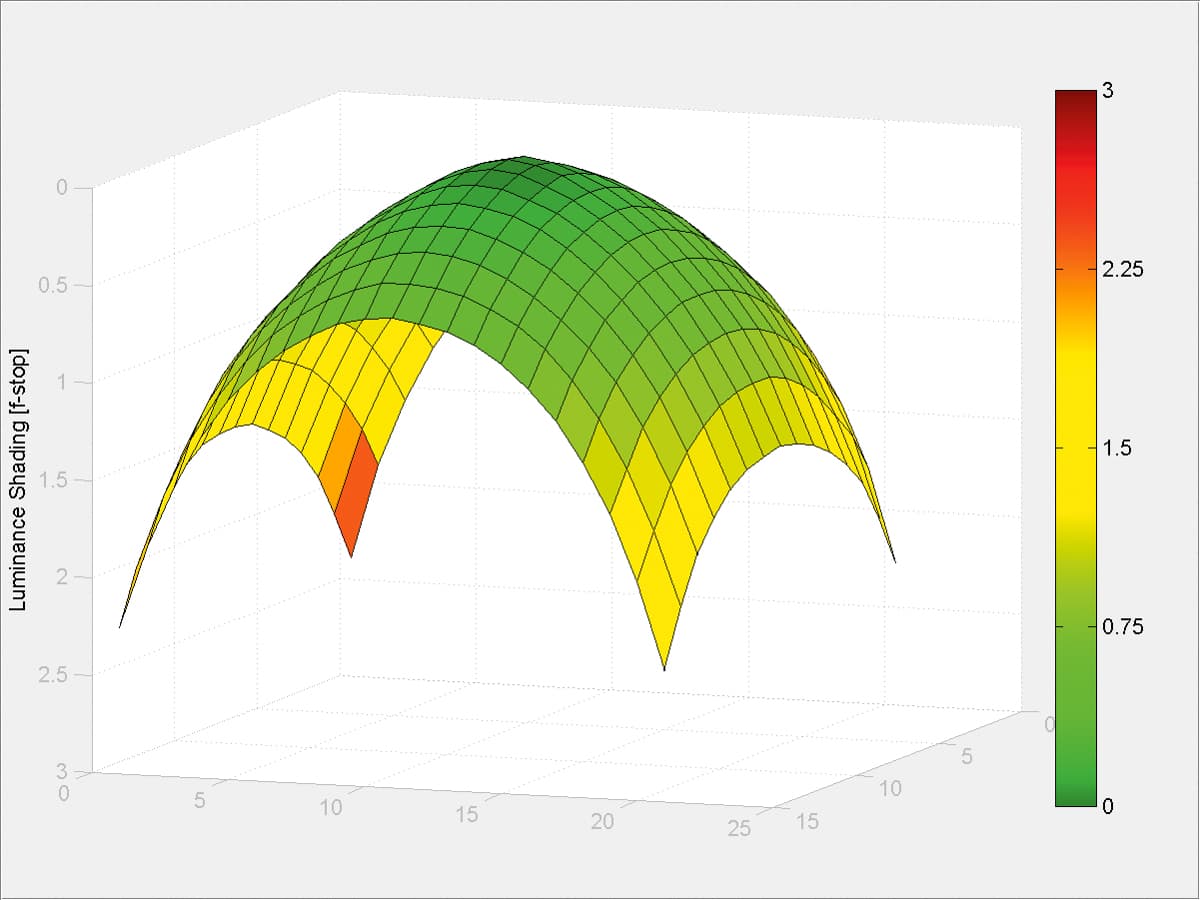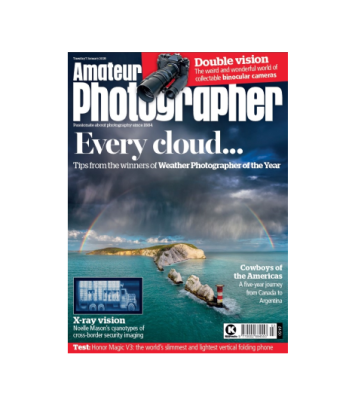Leica Summilux-M 28mm f/1.4 ASPH review – Introduction
Leica has five of its super-fast Summilux lenses for the M system now that this 28mm has joined the f/1.4 club, alongside a 21mm; a 24mm; a 35mm; and a 50mm. Unless you’re prepared to step in to the £7,000+ category of the Noctilux-M 50mm f/0.95 Asph, f/1.4 is as fast an aperture as you can expect from modern M lenses.
This new lens is the fastest 28mm that Leica has ever had for the M system, and as well as being proposed as an ideal lens for low-light work – documentary particularly – the company says its edge to edge sharpness and excellent drawing (curvilinear distortion) make it just as useful for architecture and landscapes.
It’s quite surprising that Leica has left this focal length until last for the Summilux treatment – 28mm makes a very popular wideangle for M users, as the cameras suit street photography and documentary so well. That the new Q compact has a fixed 28mm lens is, perhaps, testament to that fact.
No one buys into the Leica system expecting purchases to come cheaply. This lens is reassuringly expensive then. At £3,975 you’ll be paying a premium of about £1,200 for the extra speed over the 28mm f/2 Summicron-M lens.
Leica Summilux-M 28mm f/1.4 ASPH review: Features
Making wide aperture wideangle lenses isn’t easy, and this model needs a total of ten elements grouped into seven clusters to make it work. The final element of the construction is aspherical, while seven others use glass with anomalous partial dispersion to ensure colours focus in the same plane.
Leica has also used what it describes as a floating element directly behind the iris, which it says is used to ‘maintain performance’ in shorter focusing distances. The element is ‘floating’ because it moves independently of the main focusing group.
The diagonal angle of view is 75° on the company’s full-frame cameras, though M8 users will get 60° and the look and feel of a 37mm focal length.

Closest focus for the lens is 0.7m, though with a small aperture and the resultant depth of field, objects closer than that can appear sharp. As usual, distances marked in feet are coloured yellow on the focusing barrel, and those in metres are in white. The aperture ring offers settings from f/1.4 to f/16, with half-stop clicks in between. There is a depth of field scale marked on the ring closest to the body of the camera, and at the other end of the barrel a very nice metal lens hood screws into a thread around the outside of the barrel, while a E49 thread is provided for screw-in filters.
Leica Summilux-M 28mm f/1.4 ASPH review: Build and handling
It’s hardly a surprise that this is a very nicely made lens. It feels solid in the hand and weighs an appropriate amount for its cost. It looks and feels expensive.
The barrel is all metal, and is broad enough that it blocks some of the scene through the viewfinder window. Leica has attempted to reduce the loss of vision by adding a neat see-through corner in the lens hood, but you still lose about an eighth of the window to the 61mm diameter of the barrel.
Everything, from the lens hood to the clicking aperture ring, moves smoothly and with enough resistance that things can’t easily be shifted by accident. The aperture stops have a definite feel, so even when you can’t see what you’re doing, you can feel it.

The finger grip of the focusing ring is really quite large on this lens and its extension from the barrel makes a good, sure grip when focusing needs to be adjusted in a hurry. On the other hand though, it extends beyond the base of the camera when focus is between four and five feet, so that the camera can’t sit flat.
Selfie shooters may appreciate the slight upward angle this provides those who place the camera on a table, and with an aperture of f/5.6 everything between one and two metres should be reasonably sharp. Those using tripods however, will need to take care that the mounting plate doesn’t extend too far forward, otherwise focusing will be restricted.
Leica Summilux-M 28mm f/1.4 ASPH review: Image quality
Wide aperture and wideangle lenses are prone to image quality issues, but for the cost of this lens we’d rightly expect that Leica has worked hard to do what can be done to overcome those problems
The aberration most commonly associated with wideangles is curvilinear distortion – usually barrelling, where straight lines close to the edge of the frame bend inwards towards the corners. This is a debilitating distortion that isn’t always easy to fix convincingly, and which can take time to fix well.
Of course, fixing requires straightening the edges of the frame and then re-cropping, which loses pixels as well as some of that angle of view we just paid for.
Leica has worked hard to eliminate barrelling, and I was really surprised by how well it draws. The company’s claim that this 28mm is suitable for architecture – that most technically demanding type of subject matter – seems to be true. I’m very pleased with how naturally all subjects are drawn.
We should perhaps expect some corner darkening from such a wide lens, especially at the larger apertures, and indeed vignetting is very much a part of images shot at apertures wider than f/8. At f/1.4 there is a definite bright spot in the centre of the frame that has a knock-on effect with the camera’s metering system, and until f/2.8 vignetting is severe. It looks rather good in some subjects, such as documentary photography, but is not so great for technical applications.
For all Leica’s efforts with colour there are really quite prominent purple fringes and chromatic separations in images created by this lens. High-contrast edges are worst affected, and elements close to the corners worse again. In my test images I found the tops of buildings glowing slightly at every aperture and all focus distances – something that I found was a bit disappointing, and something which also interfered with apparent sharpness in some cases.
The lens is sharpest when used between f/4 and f/8, with absolute resolution compromised outside the f/2.8-8 range. Having said that, it is nice enough wide open even though there is a lack of critical bite in the images. Particular photographers will avoid these extreme apertures though, and will opt for the traditional sweet spot in the middle of the range – I found f/4 with a close-ish subject could still give me some differential focus while also delivering great detail in the centre of the frame.
I used the zone focusing guides on the top of the lens on a number of occasions during the test, using a range of apertures, and found that sharpness at infinity can’t be assumed. The scale seems somewhat over-ambitious, and a degree of caution is recommended.
Leica Summilux-M 28mm f/1.4 ASPH review: Resolution, shading and curvilinear distortion
Resolution
The difference between edge and centre sharpness begins to close from f/4 and becomes very good at the lens’ optimal aperture of f/5.6. From f/5.6 to f/11 general resolution is excellent, though f/11 is less able for fine detail – and f/16 much less so. Wider apertures create softness around frame edges which is pleasant if anticipated and used well.

Shading
This lens demonstrates the principle that wide apertures and wide angles of view are prone to corner shading. Wide open shading is dramatic, and remains a fading feature through all aperture settings. The worst is gone by f/5.6, but is present even at f/16. Some may relish the drama of the f/1.4 shading and that it directs attention to the centre of the frame.

Curvilinear distortion
Some curvilinear distortion is to be expected with a lens this wide, and Leica isn’t entirely immune to its effects. However, the degree of distortion this lens produces is very slight, to the point that it can’t readily be detected in most pictures. What does appear can be easily corrected. It’s very good.

Leica Summilux-M 28mm f/1.4 ASPH review: Verdict
Leica has clearly prioritised curvilinear distortion as the wideangle photographer’s number one enemy. A lot of effort has gone into creating very low levels of distortion. It’s an honourable cause, but I wonder if everyone will feel the cost in chromatic aberration is worth it. I struggle to live with coloured margins on my edges – they add colour to monochromatic areas and they reduce sharpness.

The lens is a pleasure to use though, and the excitement created in combining differential focus with a wide view is enough to make pictures stand out on its own. At f/4 through to f/8 the lens is about as sharp as you’ll need, but those hoping to stop down further for more front-to-back sharpness will see some blurring of fine detail.
So, not for everyone, but those who like working in dim conditions, those looking for visual excitement and architects will be mostly happy. Those looking for technical accuracy and maximum sharpness at every aperture will be less so.













